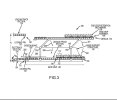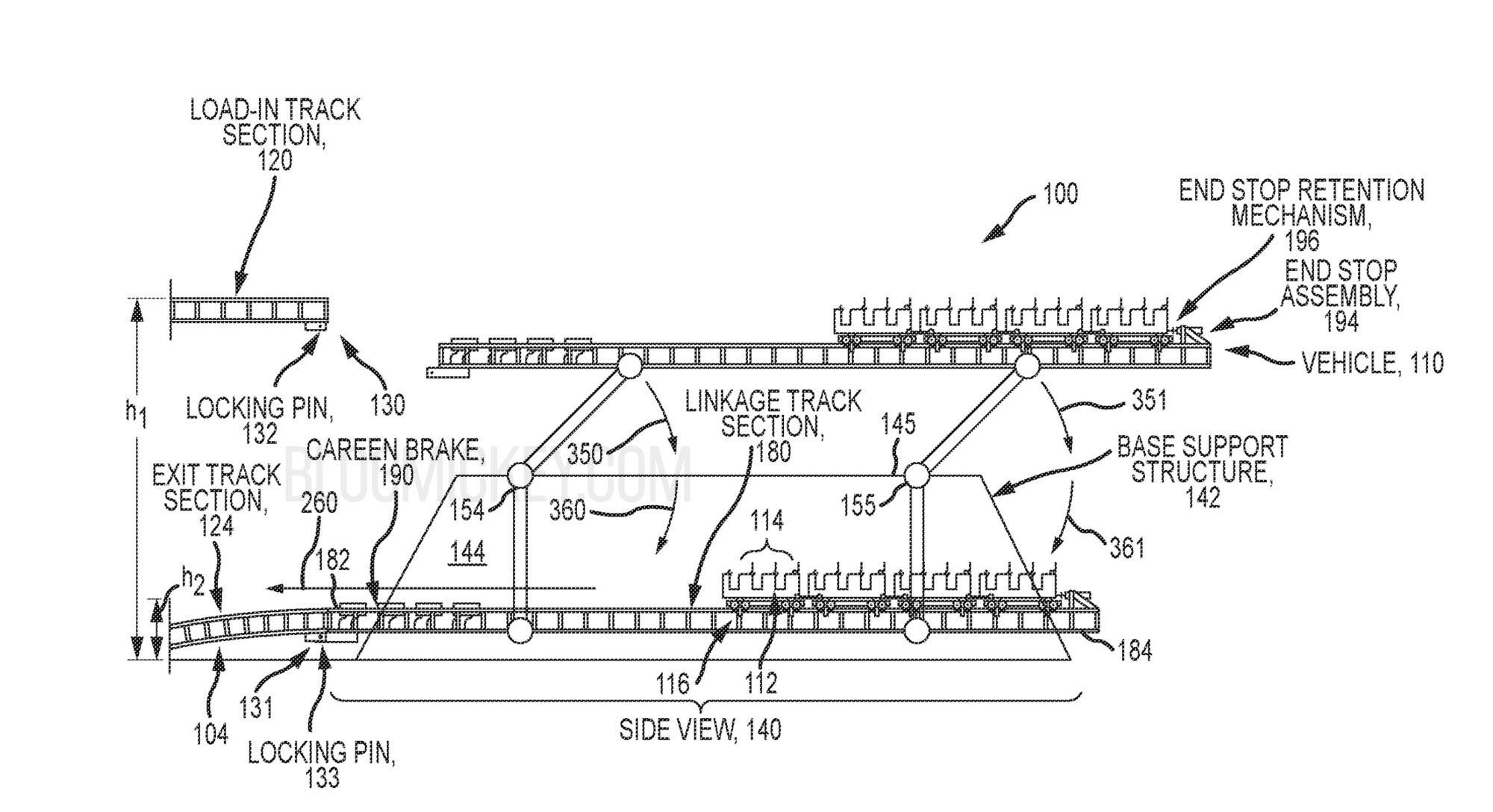StampidaRMC
Roller Poster
Since the last launch method invention several years have gone by. Maybe a company like Intamin of S&S is investing in a new launch system for a future. I would be incredibly intrigued in knowing how it would function, but it might not even occur. It could change the market quite a lot, especially if it is a reliable or cheaper mechanism like an evolved version of LSMs.
BTW, by future I mean 20 years or less.
BTW, by future I mean 20 years or less.


